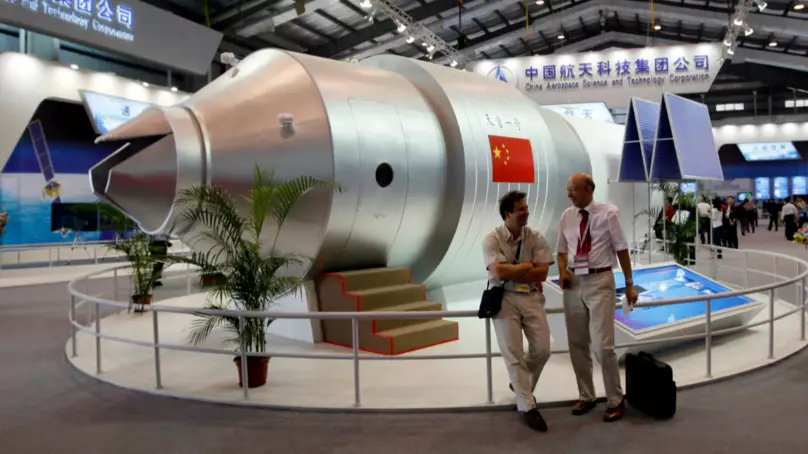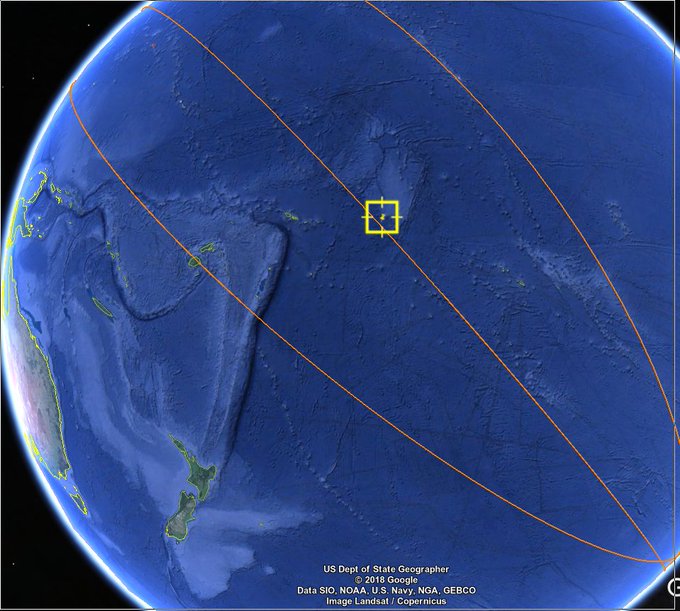
China's Tiangong-1 space station has crashed into the South Pacific, having mostly broken up when re-entering the Earth's atmosphere, it's been reported.
According to China state news agency Xinhua, the China Manned Space Engineering Office said: "Through monitoring and analysis by Beijing Aerospace Control Centre and related agencies, Tiangong-1 re-entered the atmosphere at about 8.15am, 2 April, Beijing time (1.15am GMT). The re-entry falling area is located in the central region of the South Pacific.
Advert
"Most of the devices were ablated during the re-entry process."
Tiangong-1 was launched in 2011 tasked with carrying out docking and orbit experiments, however it stopped working in March 2016 and had been predicted to crash down to planet Earth.
Experts had struggled to suggest where it might land - with China's own space agency guessing it would be near Brazil.
However, according to astronomer Jonathan McDowell, from the Harvard-Smithsonian Centre for Astrophysics, it landed around 17,000mph off the coast of Tahiti.
Naturally, with news that a massive space station was hurtling at speed towards Earth, many people began to panic. But the European Space Agency said the chances of anyone being hit by the station, or debris from it, were "10 million times smaller than the yearly chance of being hit by lighting."
Advert
A spokesperson from Aerospace reiterated this in a statement, saying: "In the history of spaceflight no known person has ever been harmed by re-entering space debris. Only one person has ever been recorded as being hit by a piece of space debris and, fortunately, she was not injured."
Brad Tucker, an astrophysicist at Australian National University, told the Guardian the landing went well.
Advert
He said: "It could have been better obviously, if it wasn't tumbling, but it landed in the southern Pacific Ocean and that's kind of where you hope it would land.
"It's been tumbling and spinning for a while, which means that when it really starts to come down it's less predictable about what happens to it.
"The biggest takeaway from this is that as we put more things into space, all countries, we have to be aware that we do have to plan for these sorts of issues that are happening."
Sources: BBC; The Guardian
Featured Image Credit: PATopics: World News, space, China
